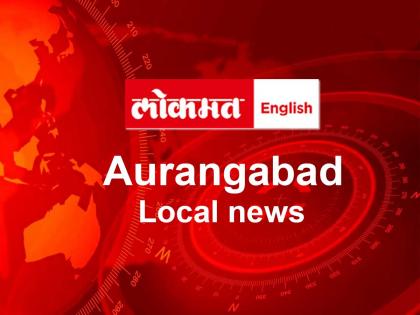Minimizing carbon emissions at traffic signals
By Lokmat English Desk | Updated: July 21, 2023 20:05 IST2023-07-21T20:05:13+5:302023-07-21T20:05:13+5:30
By Manish Gajbhiye Chhatrapati Sambhajinagar Environmentalists have raised concerns about the maximum carbon emissions occurring when vehicles are stationary, ...

Minimizing carbon emissions at traffic signals
By Manish Gajbhiye
Chhatrapati Sambhajinagar
Environmentalists have raised concerns about the maximum carbon emissions occurring when vehicles are stationary, particularly at traffic signals. To address this issue, it is crucial to raise awareness among the public about the impact of carbon emissions at traffic signals. Additionally, the local administration must take effective measures to ensure that vehicles spend minimal time at these signals.
Chhatrapati Sambhajinagar faces this challenge at key signal points, primarily on Jalna Road, which is the lifeline of the city due to its high traffic load. The significant traffic signals on this road include Mukundwadi, Seven Hills, Akashwani, Mondha Naka, Amarpreet Chowk, Kranti Chowk, District Court, and Mahavir Chowk. Congestion is particularly severe at Seven Hills, Mondha Naka, Kranti Chowk, Adalat Road, and Mahavir Chowk signals, leading to long queues of stationary vehicles.
Chhatrapati Sambhajinagar Municipal Corporation (CSMC) has taken some measures to remove encroachments along the roads, but the situation remains challenging. Narrow left lanes and roadside hawkers add to the congestion, necessitating road widening and further encroachment removal by the authorities.
ACP (Traffic) Sampat Shinde mentioned that they have experimented with closing traffic signals, resulting in encouraging outcomes. The focus is on minimizing stoppage time at signals and facilitating smoother traffic flow. A survey will soon identify signals requiring encroachment removal, following which discussions with CSMC will pave the way for solutions.
In the pursuit of reducing air pollution, drone-based technology has emerged as an effective tool. This technology, which utilizes photo imaging and image processing, can calculate air pollution levels caused by vehicles, identify hotspots, and analyze traffic flow patterns. A similar survey conducted in Bengaluru revealed 80 hotspots of air pollution. Implementing this technology in Chhatrapati Sambhajinagar could lead to targeted interventions to improve traffic flow and minimize vehicle idling, thereby reducing air pollution.
With Chhatrapati Sambhajinagar witnessing development and an increasing number of vehicles, tackling air pollution at its source becomes essential. The combined efforts of the community, local administration, and innovative technologies can pave the way for a cleaner and more sustainable urban environment.
Dr Gufran Beig, scientist, Indian Institute of Science
Open in app